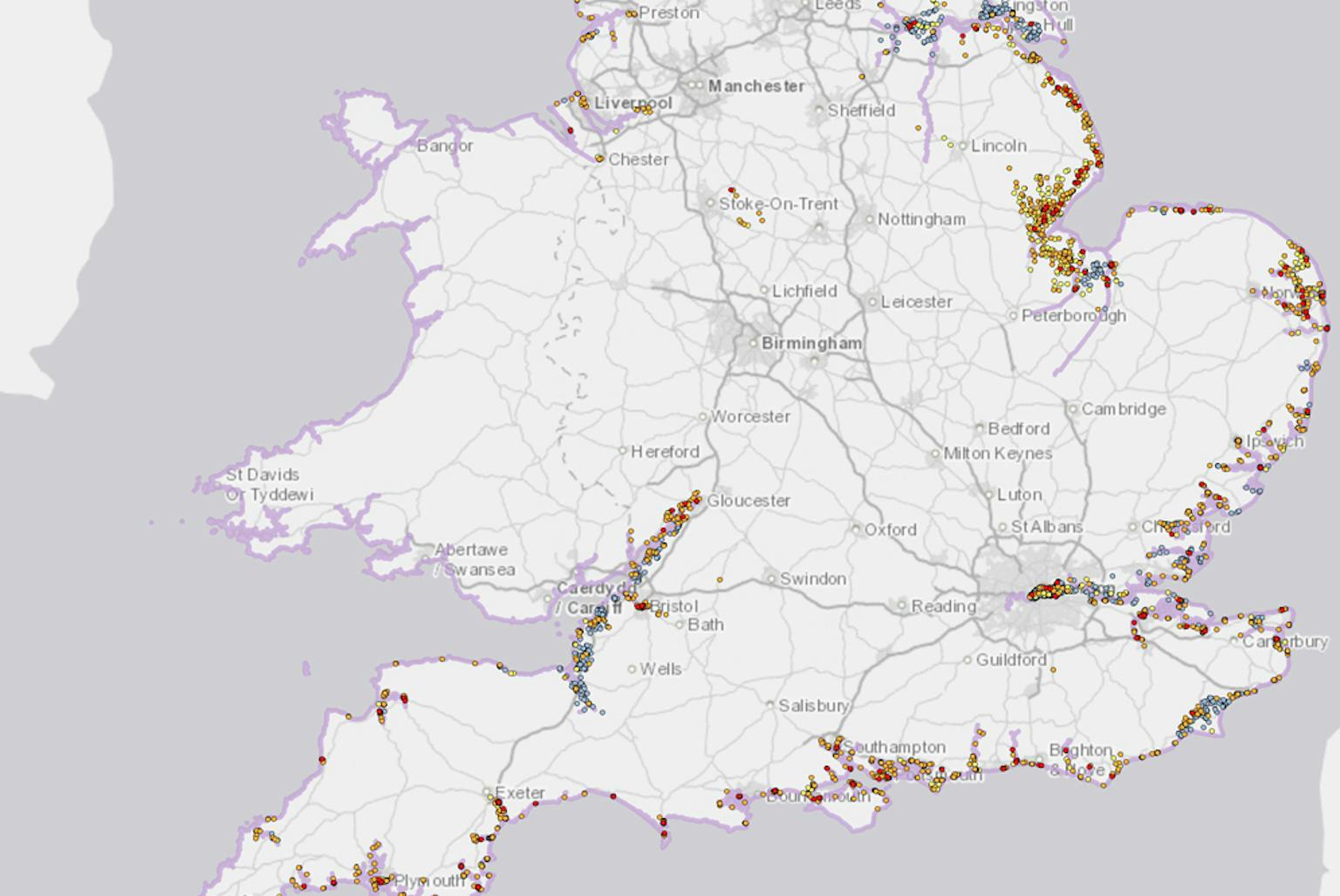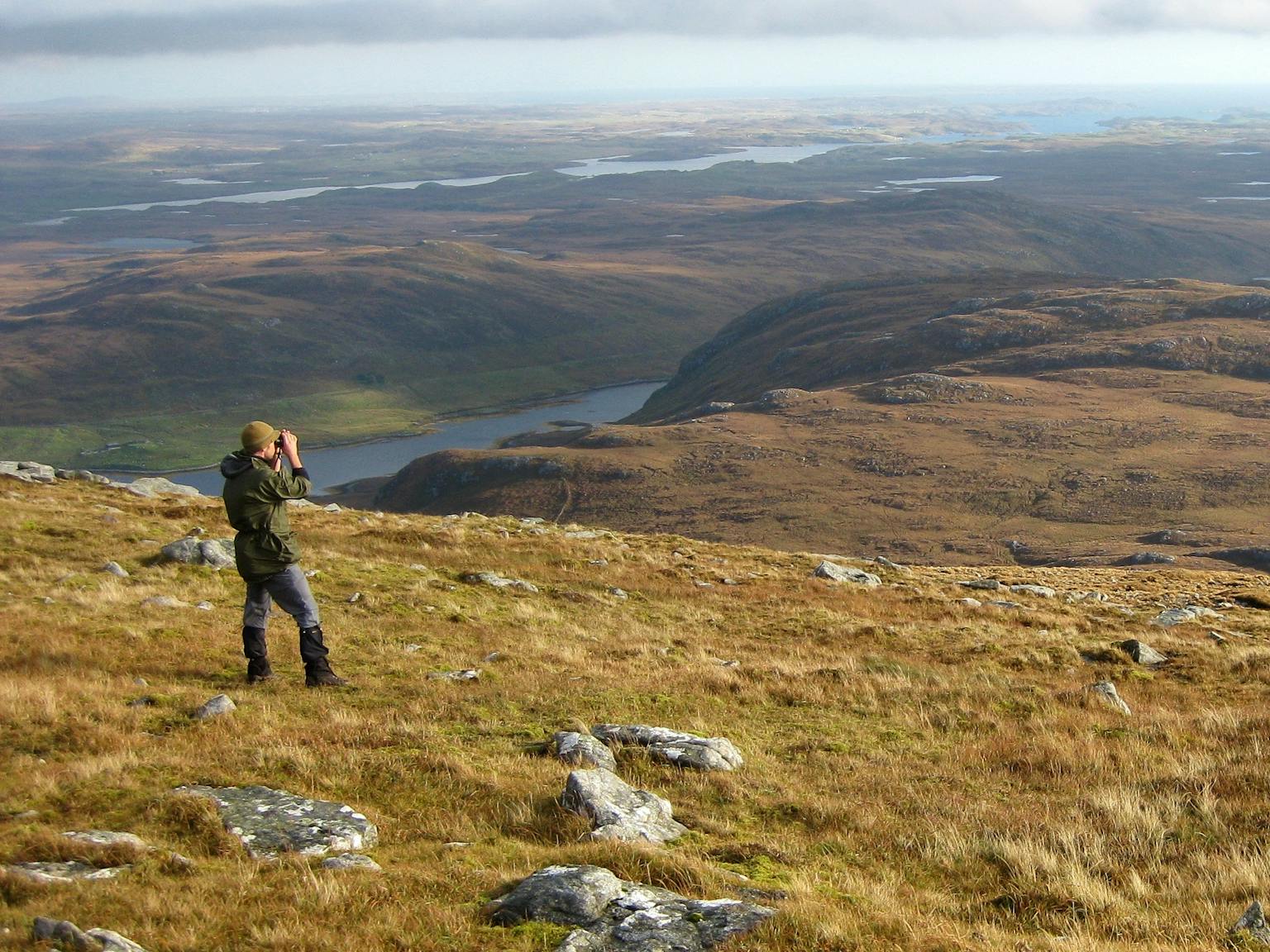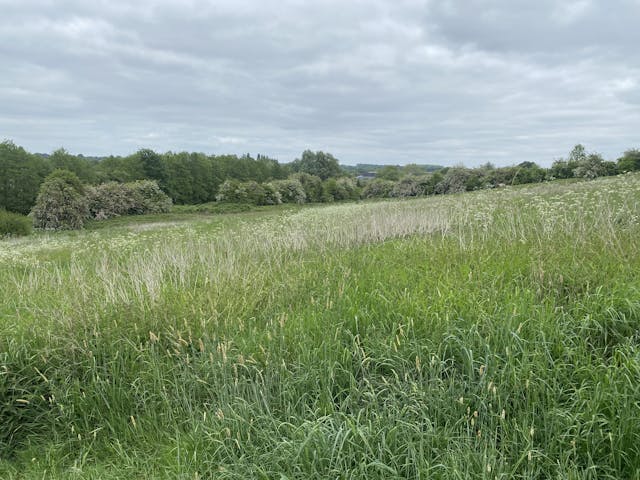
LUC develops interactive map showing designated heritage assets sensitive to coastal change
LUC has developed an interactive map for Historic England as part of a research project exploring risk levels posed by climate change on designated coastal heritage assets.
The mapping is the key output of the project, which looked specifically at coastal erosion, coastal flooding and sea-level rise. The study reviewed currently available data and research to develop indices of coastal vulnerability and heritage sensitivity.
LUC’s GIS and Historic Environment teams led the project, building on previous research carried out by Historic England (then English Heritage). We incorporated the latest environmental datasets and extended coverage across all assets in the NHLE (Listed Buildings, Registered Parks and Gardens, Scheduled Monuments, Registered Battlefields and World Heritage Sites).
The work allows Historic England to identify areas where designated heritage assets are most at risk from coastal processes – coastal heritage ‘priority places’.
Research into climate change and coastal processes
The research looks at risk over the short (0-20 years), medium (20-50 years) and long (50-100 years) term. This reflects the time horizons referenced in UK climate projections to ensure that the impacts of climate change are considered, and action can be prioritised.
The project revealed that the South East and South West have the largest number of assets at risk. In terms of the proportion of assets affected, coastal flooding poses the greatest threat, with many assets being situated in flood zones.
Looking ahead
After evaluating the various datasets available to inform the research, we found that no ideal environmental risk datasets exist for this type of assessment. We anticipate that better datasets will emerge in the near future, and this is an area of ongoing focus for us. For this project, LUC therefore focussed on developing a method that can accommodate better datasets in the future as they become available.
Read the full report here.










